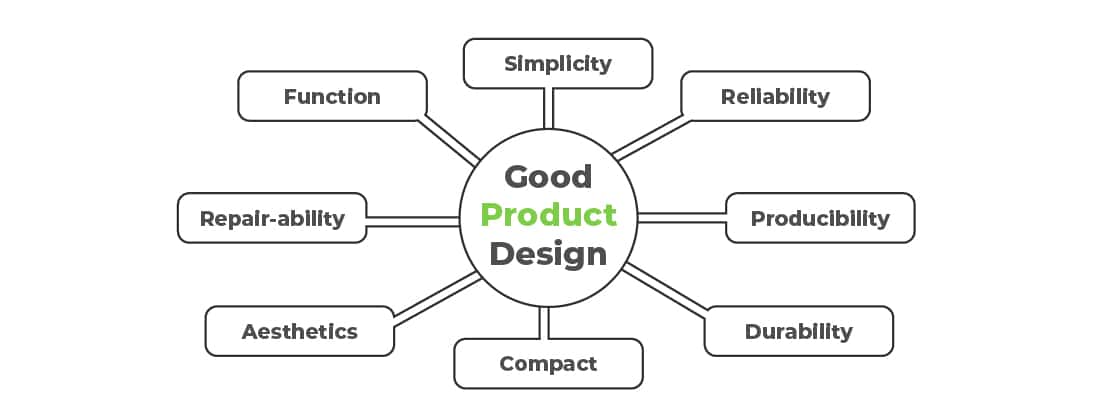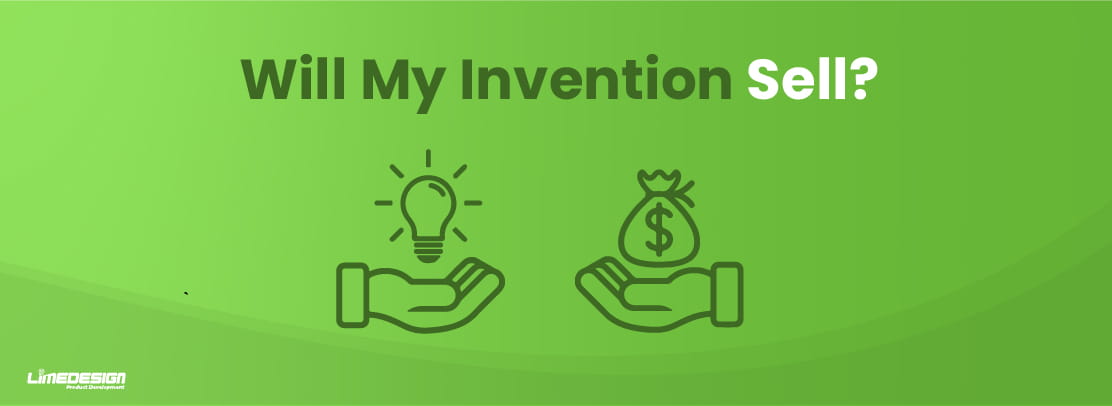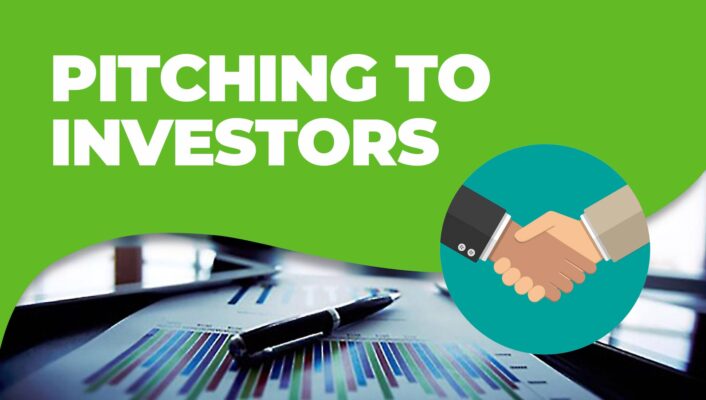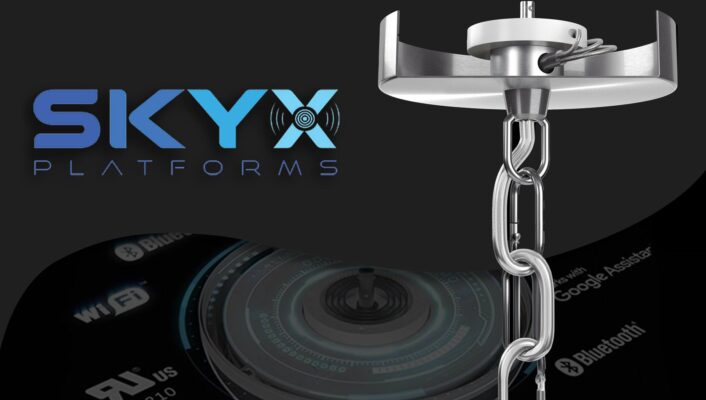So you just had an invention idea and you want to know if it will sell… So in the professional world, this is known as determining market demand. This essentially means doing research, figuring out what market a product would sell in, and if it would create sufficient demand. Pre-market research will ultimately decide whether a product is worth developing. There are many ways you can find out if your target customer base will want to buy your product. So let’s get into some ways you can tell if your “invention idea will sell”
USP (Unique Selling Proposition)
A USP is what makes your product stand out from your competitors. Are you improving an existing product? If so, what does yours offer that the competition doesn’t. For example, 37% higher electrical efficiency or Custom Fitted Carbon Fiber. It may sound like marketing language but this is honestly the things people look at when browsing through products. What benefit will they get when they buy your product over another.
A USP can also be more than just for a product, it can be what a business as a whole offers its customers. For example, Amazon’s USP is extremely fast and has shipping. So what makes a truly good USP?
- Stand Out – Don’t do boring USPs like “Faster, stronger, better” these have been used a million times already. The human brain is really good at ignoring things they’ve already seen before. Be bold and make an impression with your product.
- Truthful – Don’t mislead your customers just for the sake of a sale. Part of creating a good product is creating a consistent pleasant customer experience.
- Connect’s with your customer – Make sure it’s something your customers actually care about and not just a random USP. If you’re selling a sports car and good USP would be “Fastest Factory Production Car In The World”, and a bad USP would be “14% more Fuel Efficient”. This customer base wants a fast car, not a fuel-efficient one.
Price Relativity
Think about it like this, if I spend $100 on this product will I get my use out of it? Understand what a customer is willing to pay for a product. For example, If your invention targets a DIY customer base understand they are already looking for cheaper alternatives so creating an expensive product for this market wouldn’t be smart.
Customers Perspective
Being able to have a good 3rd person perspective will increase your chances of creating a successful product. This is because when you come up with an invention idea you’re already thinking it’s great, so being able to step back and view it from a different angle is necessary. So whose perspective do you view it from? The most important perspective, the customers. You will have to put yourself in your customer’s shoes. If you were the customer…
- Would the product catch your attention quickly?
- Is it solving a problem that will save me time & money?
- Why would I choose this product over the competitors? ( This ties back to the USP)
Invention Usefulness
Is your invention actually useful or will it be a seasonal product? Useful inventions usually perform better than novelty and decorational items. In the product design world, we use 8 requirements for a good product design, you can use this chart to help you decide if your invention will be good and sell.

Marketing
One of the biggest mistakes new entrepreneurs make is not thinking about marketing, especially new inventors. Even if you’re looking for a licensing deal, you will have to think “Will this product be easy to market?” or will I be entering an oversaturated market.
So in conclusion, make sure your invention is useful, it stands out, that the price is fair for your targeted customer base and that there is a market demand for it.




